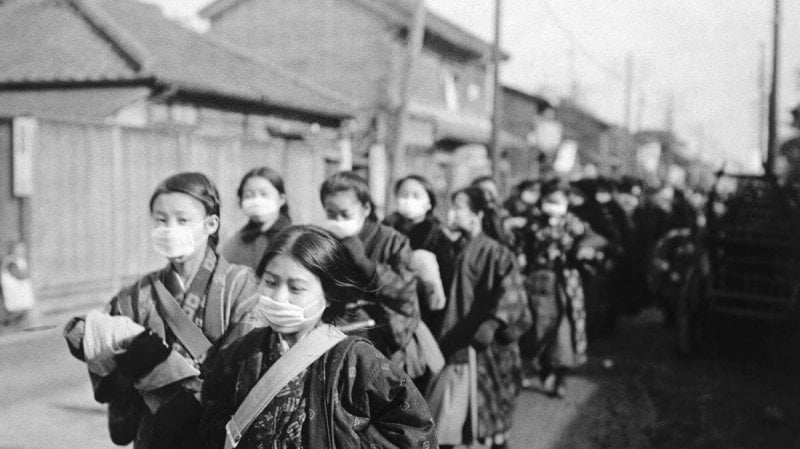Late one night Michael Worobey began poking around on the internet, looking for descendants of a World War I British military doctor named William Rolland. Rolland, a pathologist, had written a report in 1917, the year before the start of the Spanish flu.
…
[Descendent Jim] Cox just so happened to have in his possession a collection of human tissue slides that Rolland had handed down through the generations. Those slides, it turns out, could now help rewrite the history of the 1918 Spanish flu — altering our understanding of when it began and how it spread.…
A prevailing theory, outlined in historian John Barry’s 2004 best-seller “The Great Influenza,” is that the virus emerged in Haskell County, Kan., in January 1918, after having jumped into humans from another host.
…
Worobey is convinced the virus responsible for the pandemic could not have jumped into humans from another host in 1918, a theory that stems from the virus’s explosive behavior once it started transmitting among people. He has already conducted research analyzing eight genes of the virus that points to a two-stage emergence of this virus.
…
Might the miraculously conserved Rolland slides deliver up a century-old flu virus? Worobey is trying to keep his expectations in check. “In all likelihood, we’ll just get no result at all. That’s something to keep in perspective,” he admitted.
Read full, original post: A shot-in-the-dark email leads to a century-old family treasure — and hope of cracking a deadly flu’s secret































